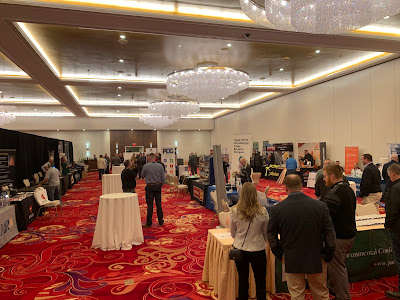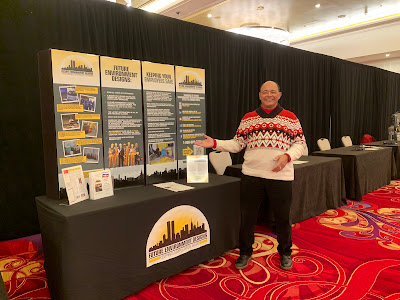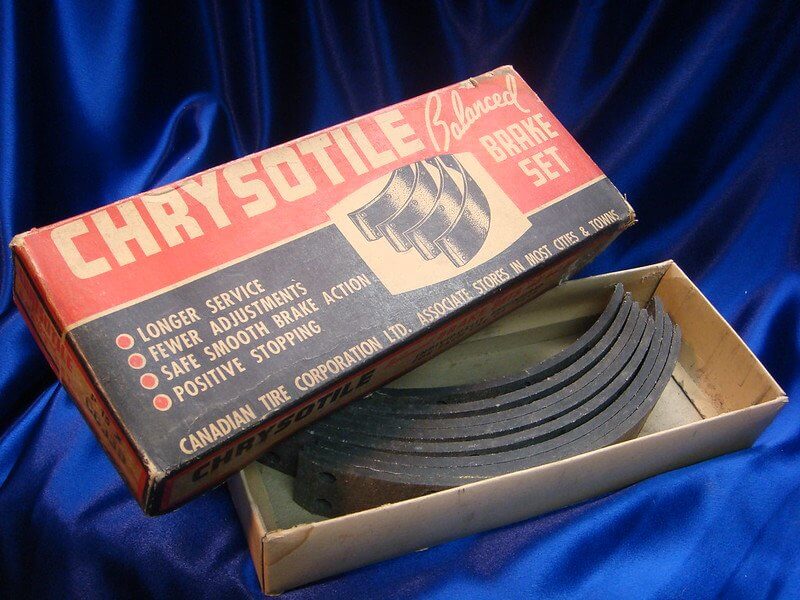In March of 2024, New York State started to require the sellers of residential homes to fill out a “Property Condition Disclosure Statement” form. Prior to the passage of the law, sellers could provide a $500 credit to the buyer and circumvent disclosing any “issues” that they were aware of. The issues could range from past floods that may occurred to structural defects the seller may be aware of. The new form has 56 questions of which 17 are environmental in nature ranging from knowledge of oil tanks (buried or above ground) to questions about the property being located in an agriculture district or designated wetlands. Each question is followed by a yes, no, unknown or not applicable box to check.
 |
| Above Ground Storage Tank |
The knee jerk reaction from many home owners I have interviewed was to just check 56 boxes as unknown. However, as the questions become more important to what a seller may or may not know, buyers (and their attorneys) may become uneasy with that approach. Considering how prone areas of Long Island are to coastal flooding, checking unknown for this question will be a red flag to a buyer. Checking one’s insurance policy could be an easy way to determine the yes or no box that will demonstrate a more transparent and cooperative effort. Questions about “known” material defects regarding structural systems, footings, beams, girders, lintels columns or partitions may very well be an unknown by the current home owner. Considering most are not engineers and have lived in a home for many years with no problems, checking unknown may be appropriate. Most buyers are still going to hire a home inspector to provide some due diligence to them as well. When I meet with homeowners, they immediately tell me they know everything about the house because they have lived there for so many years. By the time we go through the form together, they realize there are some questions on the form they don’t have any knowledge about. Not everyone knows the difference between fuses or circuit breakers in the electric panel. That is one of the 56 questions. My guess is most homeowners can answer 75% of the questions with a bit of leg work. Finding out the year of construction and school district (yup that is a question) do not take much effort.
Legal Ramifications
Since the law is less than six (6) months old, the legal ramifications are still unfolding. Can a new homeowner sue the seller for false or incorrect information on the property disclosure form? Perhaps, but how long after buying the home and discovering the defect would that be considered appropriate? There is no case law on this just yet. However, suing a seller several months or years after discovering the defect is discovered may be difficult. Will attorneys want to take on these cases? Will the fee be a portion of what they win for their clients, or will an attorney require a retainer for their services to take on the case? For example, a defective patio or deck that may cost $20,000 to repair. This is too big of an amount for small claims court that caps the amount one can sue for at $5,000. Would an attorney want to take on the case for a portion of $20,000 or will they require a $5,000-$7,000 (or greater amount) retainer and then bill for additional time needed on the case. Will the plaintiff be made whole after paying attorney fees?
Who Can Help With The Form
Real Estate agents are not supposed to be involved in the process for a variety of reasons. Lawyers don’t typically know too much about the house they are drawing up a contract of sale on to get involved. The time required may not be worth it to them considering their hourly billing rates. Many I have spoken with do not want to tread into the areas like “wetland designations” as they can carry liability for being wrong. Home inspectors have typically represented buyers and advocated for them as part of the due diligence before going to contract. Homeowners should look to see if they have such a report when they purchased the house as it may contain some of the information being asked in the property condition disclosure form. Being involved in real estate of all sizes and types for over 30 years, I have knowledge on most of the questions (especially the 17 environmental ones) and know where to find 95% of the other answers. Merritt Environmental Consulting Corp. (MECC) has developed a price point of $695 to provide a short report that the seller can use in answering the form and provide to the buyer for informational purposes. This will alleviate the concerns a buyer may have with 56 “I don’t know” boxes checked.
Considering sellers once willingly gave a $500 credit to avoid answering such questions, the additional $195 should be money well spent. The form will be the responsibility of the seller as they must sign it, but having an advocate to assist and provide a report the buyer can have some comfort with, may be considered a good value to many.
Bio: MerrittEnvironmental Consulting Corporation (MECC) was formed in June of 2009, under the direction of Chuck Merritt who has been assisting lending institutions, insurance companies, attorneys, property owners and real estate investors for over two (2) decades. Our primary service is determining if legacy environmental issues exist at a property.
MECC located in Hauppauge which received a LEED Gold Certification in September of 2023 in addition, the firm has satellite offices in Florida and Vermont. Chuck is a recognized expert in the field of environmental consulting and the Long Island Business News (LIBN) named Chuck a “Who’s Who in Engineering and Environmental Consulting” in 2007, 2013, and 2015. Chuck is an Environmental Professional (EP) as defined by the ASTM governing body and a LEED (Leadership in Energy & Environmental Design) accredited professional (AP) issued by the United States Green Building Council (USGBC).













































